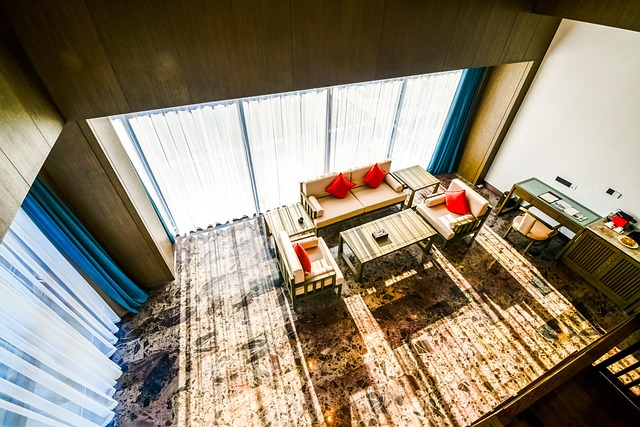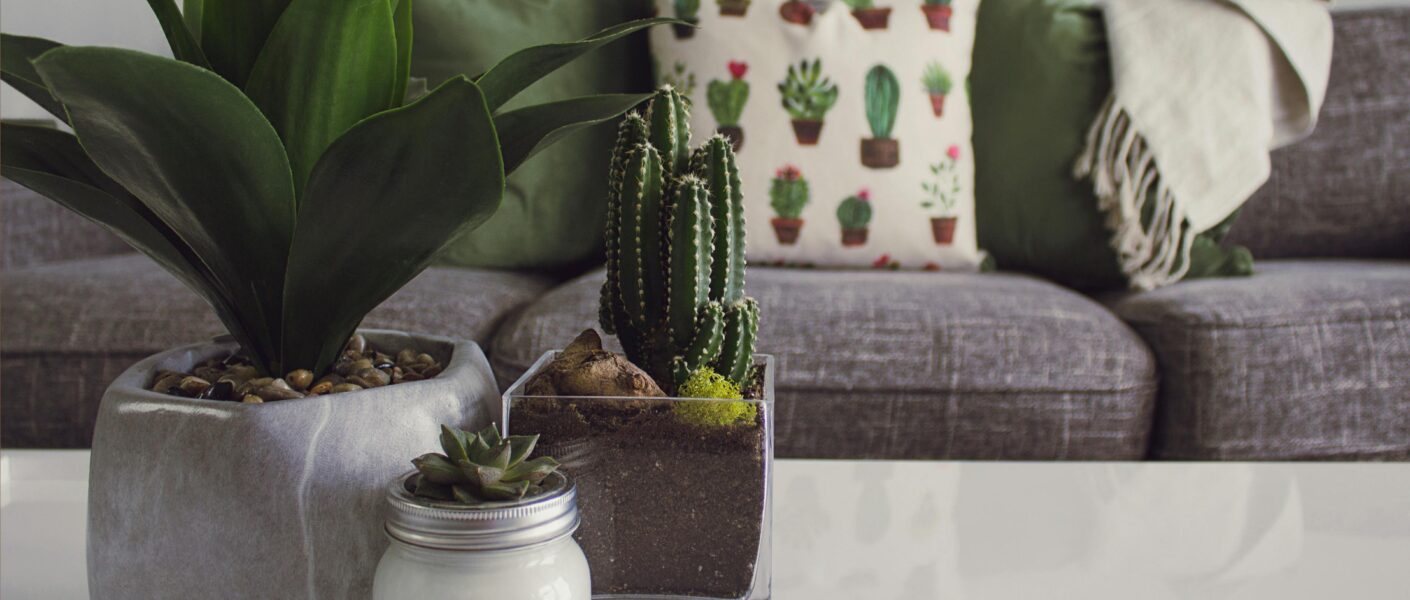In the fast-paced, tech-driven world we live in, there’s a growing desire to reconnect with nature. This longing for balance and tranquility has sparked a design movement that is gaining more attention—biophilic design. At its core, biophilic design is about creating spaces that bring the outside in, enhancing our connection to the natural world within our homes, offices, and public spaces.

What Is Biophilic Design?
Biophilic design goes beyond simply adding plants to your home; it’s about integrating natural elements into the architecture and layout of a space. Think of sunlight streaming through large windows, the texture of raw wood, the subtle sound of water, or even patterns inspired by organic forms. The goal is to create environments that mimic nature, not just aesthetically, but in ways that engage all of our senses.
It’s no surprise that this design approach is becoming more popular. Numerous studies have shown that incorporating nature into our living and working environments can reduce stress, improve mental well-being, and boost creativity. Especially after the pandemic, people are craving spaces that feel calming and restorative—places that offer more than just function but also a sense of peace.
Bringing Biophilic Elements Into Your Home
Biophilic design isn’t about completely transforming your space overnight, but rather about thoughtful integration. Here are a few ways to start introducing this concept into your home:
1. Natural Light
Maximizing natural light is one of the most impactful ways to embrace biophilic design. Large windows, skylights, and mirrors can help enhance the amount of daylight that fills your space, creating a warm and inviting atmosphere. If natural light is limited, try using softer, warmer artificial lighting to mimic the sun’s glow.
2. Indoor Plants
Plants are the most obvious and accessible element of biophilic design. Beyond their aesthetic appeal, plants improve air quality, add life to a room, and even promote a sense of calm. Whether it’s a small potted fern on your desk or a large monstera in the living room, greenery adds depth and vibrancy to any space.

3. Natural Materials
Materials like wood, stone, and linen add texture and warmth to a room, making it feel more grounded. A reclaimed wood coffee table, stone countertops, or woven textiles like jute and wool can create a sense of organic comfort that artificial materials lack.
4. Water Features
The sound of water is inherently calming, which is why incorporating water features into your home can have such a soothing effect. A small indoor fountain, an aquarium, or even a bowl of water with floating flowers can evoke the serenity of natural water bodies, helping to reduce stress and enhance focus.
5. Nature-Inspired Patterns
Beyond the tangible elements, biophilic design also thrives in patterns and shapes that mimic nature. Curved furniture, floral motifs, or even wallpaper that echoes the flow of a river or the shapes of leaves can subtly bring nature indoors. These patterns help create a flow in your space that feels organic and alive.

The Psychological Benefits of Biophilic Design
What makes biophilic design so compelling is the measurable impact it has on our well-being. A space designed with nature in mind does more than look beautiful; it promotes mental clarity, reduces anxiety, and fosters a more relaxed mindset. In workspaces, this can translate into increased productivity and creativity, while at home, it offers a sense of sanctuary from the chaos of daily life.
Incorporating natural elements into our spaces speaks to something deep within us—an intrinsic need to feel connected to the earth. By integrating biophilic design into our homes, we’re not just improving aesthetics; we’re improving our quality of life.




